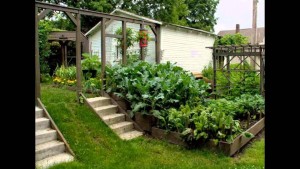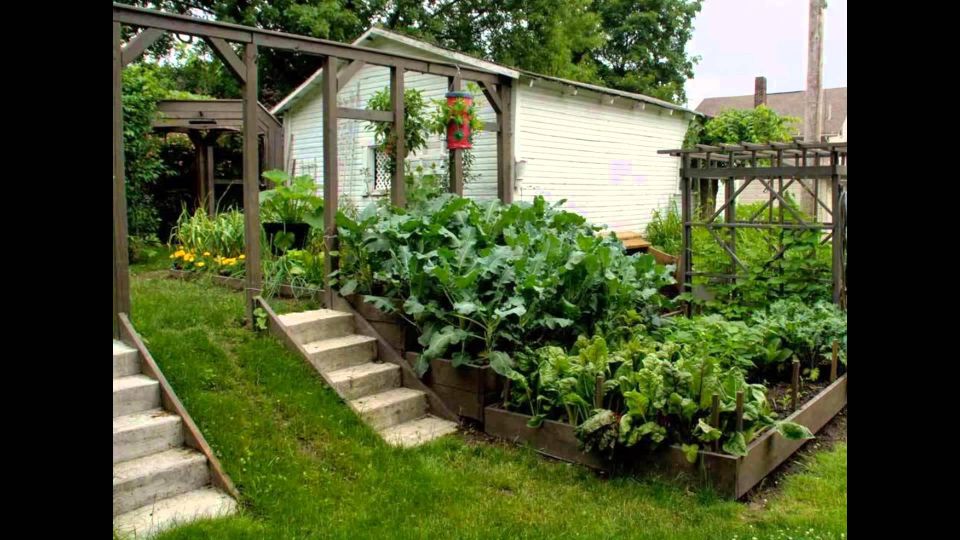 With demanding jobs, family commitments, and the general business of everyday life, it can be incredibly difficult to follow through with doing our part for the environment, no matter how good our intentions are. The simple fact is that with so many things on our plates, sometimes our plans to have a positive impact tend to fall by the wayside.
With demanding jobs, family commitments, and the general business of everyday life, it can be incredibly difficult to follow through with doing our part for the environment, no matter how good our intentions are. The simple fact is that with so many things on our plates, sometimes our plans to have a positive impact tend to fall by the wayside.
But the good news is, creating a more sustainable backyard is MUCH easier than you think and can have some great benefits.
Although the tips and tricks for greening your backyard are endless, Matt Leacy, co-founder and creative director of Landart Landscapes and President of the LNA Master Landscapes Association, has summed them up in an easy 5 step guide to get us started.
Matt says, “Greening your backyard is really important in order to create a more sustainable way of life. A lot of people don’t really know where to begin when it comes to backyard greening. Basically, the aim is to reduce your environmental footprint. When a client expresses an interest in environmental sustainability, I have 5 really straightforward and easy tips that anyone can do to get on the right track to creating a backyard that doesn’t have a negative impact on our environment.”
Choose drought resistant plants
“Planting drought resistant, waterwise plants is always a fantastic choice for any Australian garden. Not only will the plants survive the dry Australian summer, but they’ll also require much less water which means less time spent in the garden for you and a positive impact on the environment,” Matt says.
Grow your own veggies
“Having a little herb and vegetable garden is an easy way to help the environment, and reduce your grocery bill at the same time. There’s nothing more satisfying than eating a salad with veggies made from your own backyard. My personal favourites to grow are tomatoes, lettuce and cucumbers. I’ve found that home grown tomatoes have a freshness and flavour that you don’t get in the shops and in the right spot, cucumbers can be prolific. If you have kids this can be a fun activity for them to help with as well!” says Matt. Most herb and vegetable seeds can be found cheaply at your local garden centre, just make sure to check that you are buying the right plants for the right seasons.
Grow the things you would normally pick up at the supermarket. The less you buy there the better you are doing for the environment.
Install a water tank and /or greywater system
“Installing a greywater system or at least a water tank is a great way to reuse water that would otherwise be lost. If you are in an area that has restricted water usage during certain times of the year it can be a good way to make the most of the limited resources you have. Water that is used in your bath, kitchen, and household is reused through the system and can be used on your garden after it is used in your household” says Matt. It is important to check local council regulations to see what type of system you can install.
Use eco-friendly materials
“When it comes time to buying materials for your garden or DIY project, delve into where they have come from and how they have been produced. For example if you are buying hardwood timber make sure it is from a sustainable resource and that this has been certified. , Non-toxic paints which are more sustainable and eco-friendly can be found easily in local hardware stores. Another thing to look out for is an excess of packaging on materials when you are purchasing them. “Try to purchase materials with as little packaging as possible to avoid too much excess waste” he adds.
Make your own compost for your garden
Making your own compost system is simpler than you think. “It’s a great way to recycle your leftover veggie scraps which would otherwise go in the bin, and use them to help your garden flourish. I find that my garden thrives from compost made from a mix of fruit and veggie peelings and fresh glass clippings” says Matt.


